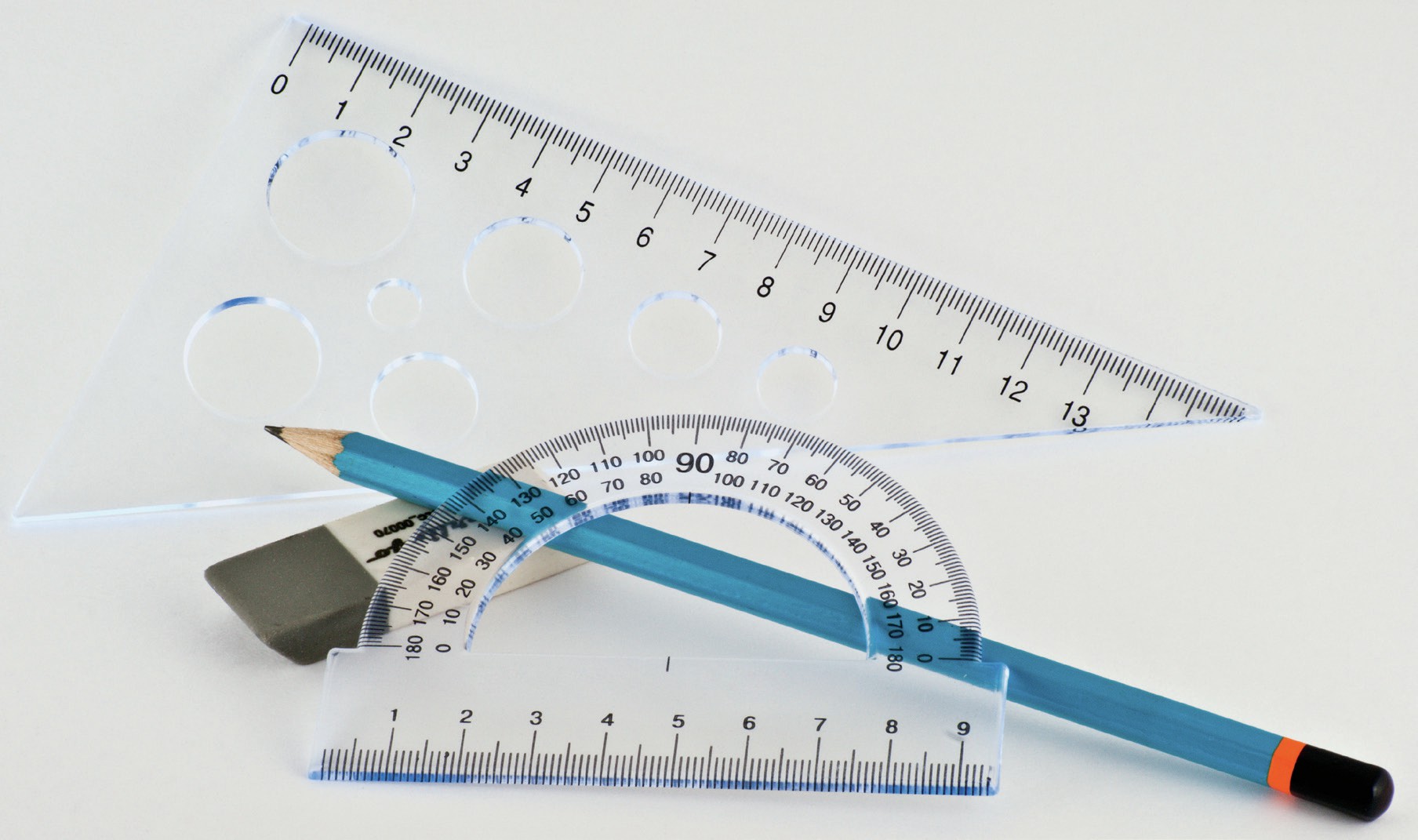
At GCSE, or equivalent, you will have calculated the resultant force acting upon an object. The forces that you will have considered will have acted either along the same line as each other or at right angles to each other. You will have used simple, free-body force diagrams with two or more forces all acting along the same straight line, either with or against each other. In these situations, calculation of a resultant vector is a straightforward addition or subtraction, so I will not discuss it. Instead, let us at look at situations in which two or more forces act at different angles, as shown in Figure 1.
Before starting any calculation it is good practice to look at the situation (and draw a sketch if necessary) whilst considering what you would expect to happen (no calculations necessary). Often, common sense thinking will allow you to work out the likely result. These estimates only give you a rough idea of what to expect as your resultant force — the mathematics then gives you the specific answer.
Your organisation does not have access to this article.
Sign up today to give your students the edge they need to achieve their best grades with subject expertise
Subscribe




